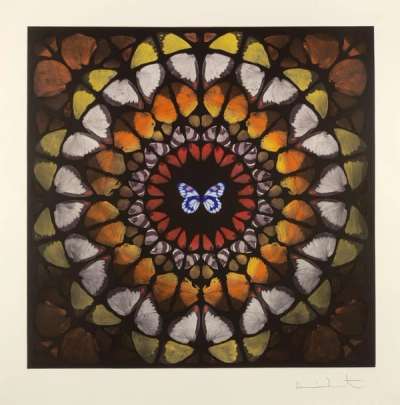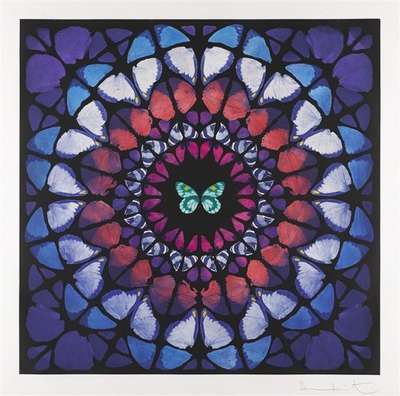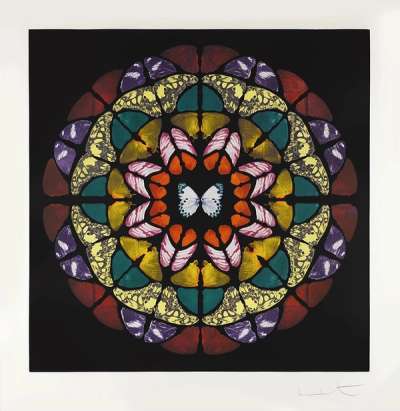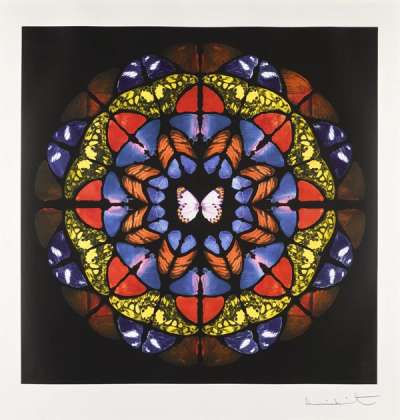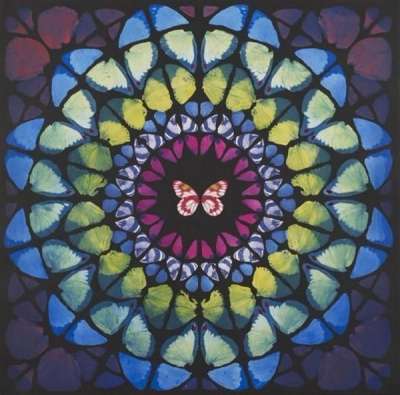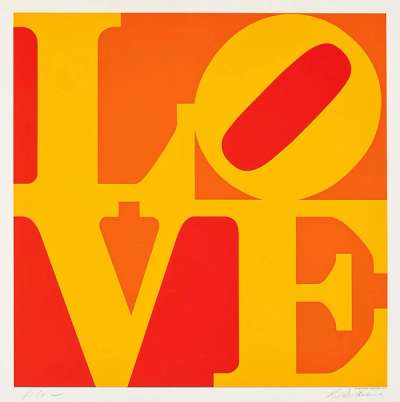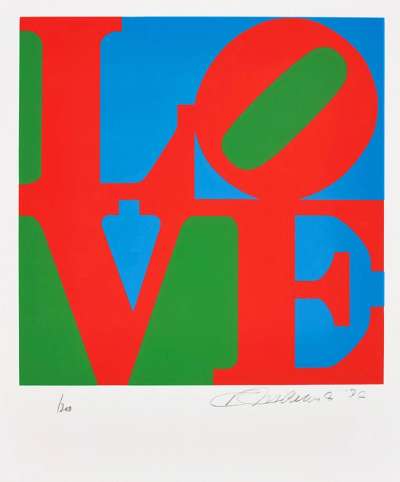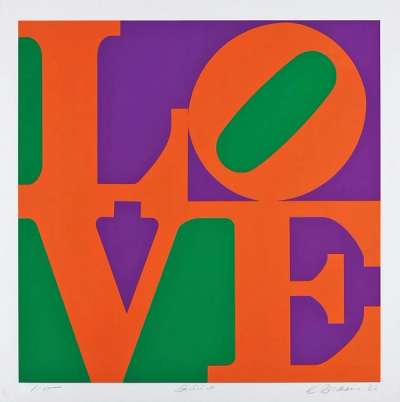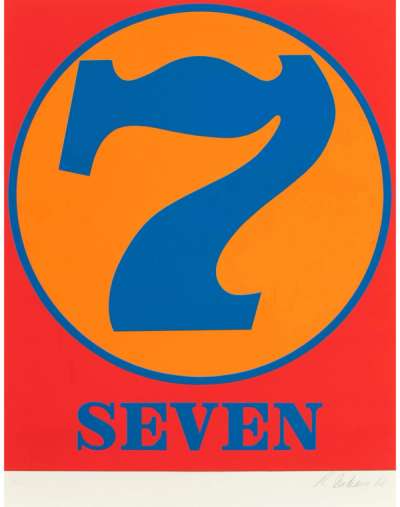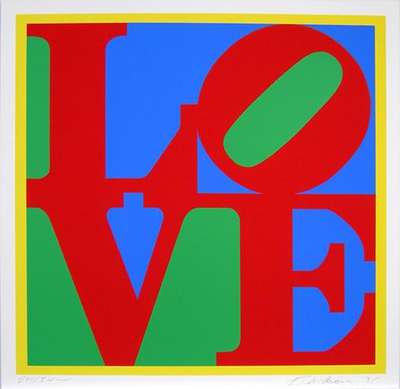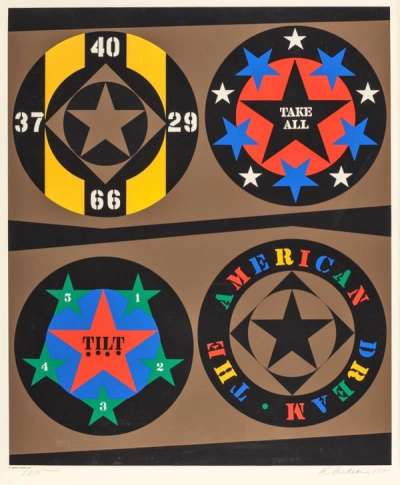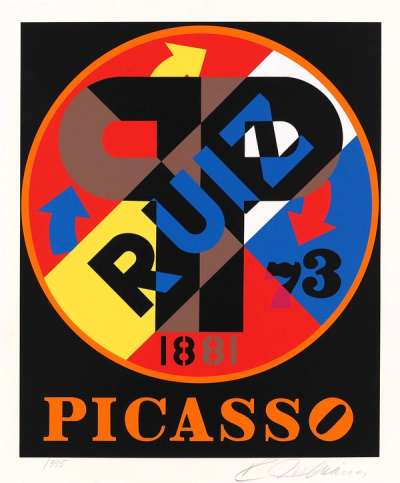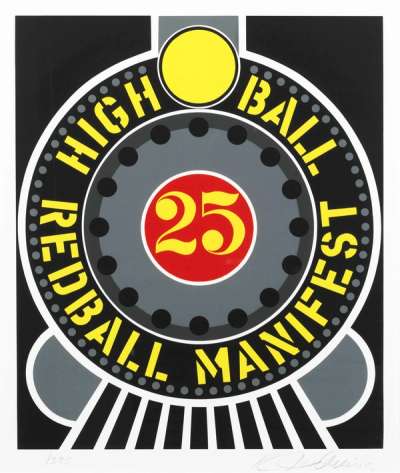
Dome

Dome
Signed Print
Damien Hirst
£16,000-£25,000Value Indicator
$30,000-$50,000 Value Indicator
$28,000-$45,000 Value Indicator
¥140,000-¥220,000 Value Indicator
€19,000-€30,000 Value Indicator
$150,000-$240,000 Value Indicator
¥3,070,000-¥4,790,000 Value Indicator
$20,000-$30,000 Value Indicator
AAGR (5 years) This estimate blends recent public auction records with our own private sale data and network demand.
There aren't enough data points on this work for a comprehensive result. Please speak to a specialist by making an enquiry.
Medium: Etching
Edition size: 59
Year: 2009
Size: H 119cm x W 116cm
Signed: Yes
Format: Signed Print
TradingFloor
Track this artwork in realtime
Watch artwork, manage valuations, track your portfolio and return against your collection
Meaning & Analysis
Dome is an etching from Damien Hirst’s Sanctum series from 2009 that shows a yellow butterfly in the centre of an intricate kaleidoscopic pattern created out of butterfly wings. The butterfly wings are depicted in various shades of blue, purple and pink and the geometric composition is made up of concentric circles.
Evocative of stained glass windows in Gothic architecture, Dome explores tensions between the scientific and the aesthetic. The wings used to create the geometric pattern appear like insects on display in a natural history museum. The aesthetic comes into play in the creation of a beautiful pattern exuding kinetic energy that is exciting and mesmerising to look at.
For Hirst, the butterfly is a ‘universal trigger’ that many people share in finding attractive and joyous. Recalling someone once saying to him: ‘Butterflies are beautiful, but it’s a shame they have disgusting hairy bodies in the middle,’ Hirst in works like this chose only to display the dazzling wings in Dome. Across the series, the butterfly wing is rendered unrecognisable when viewed at a distance and as part of a larger intricate pattern.
Damien Hirst, born in Bristol in 1965, is often hailed the enfant terrible of the contemporary art world. His provocative works challenge conventions and his conceptual brilliance spans installations, paintings, and sculptures, often exploring themes of mortality and the human experience. As a leading figure of the Young British Artists (YBA) movement in the late '80s, Hirst's work has dominated the British art scene for decades and has become renowned for being laced with controversy, thus shaping the dialogue of modern art.
